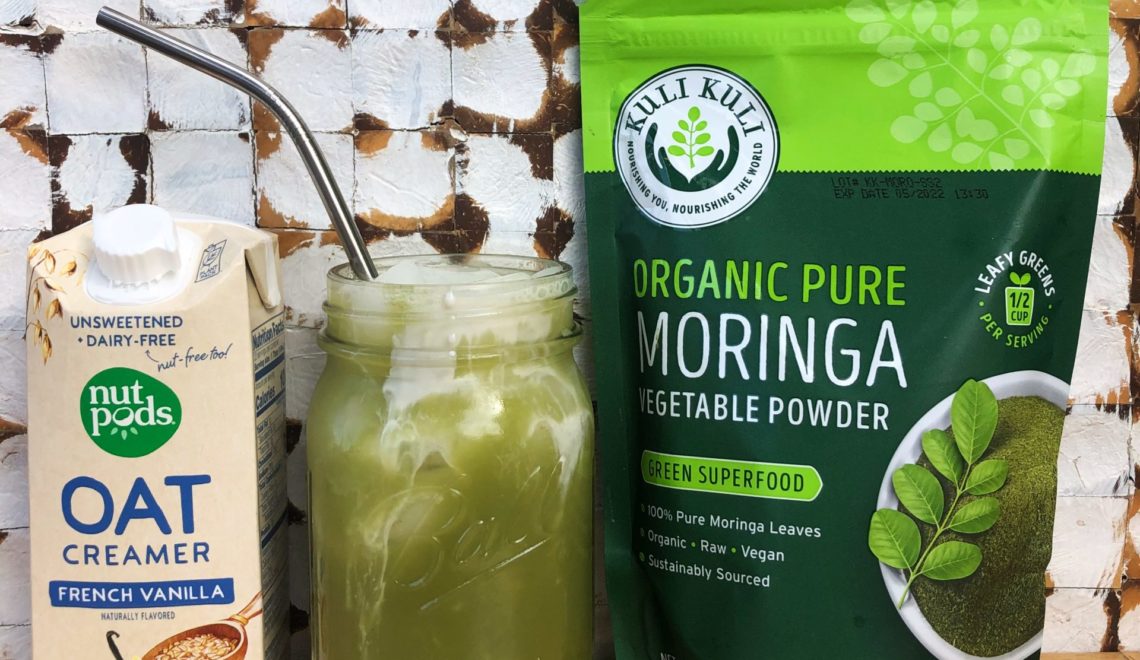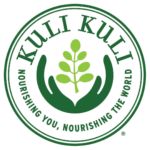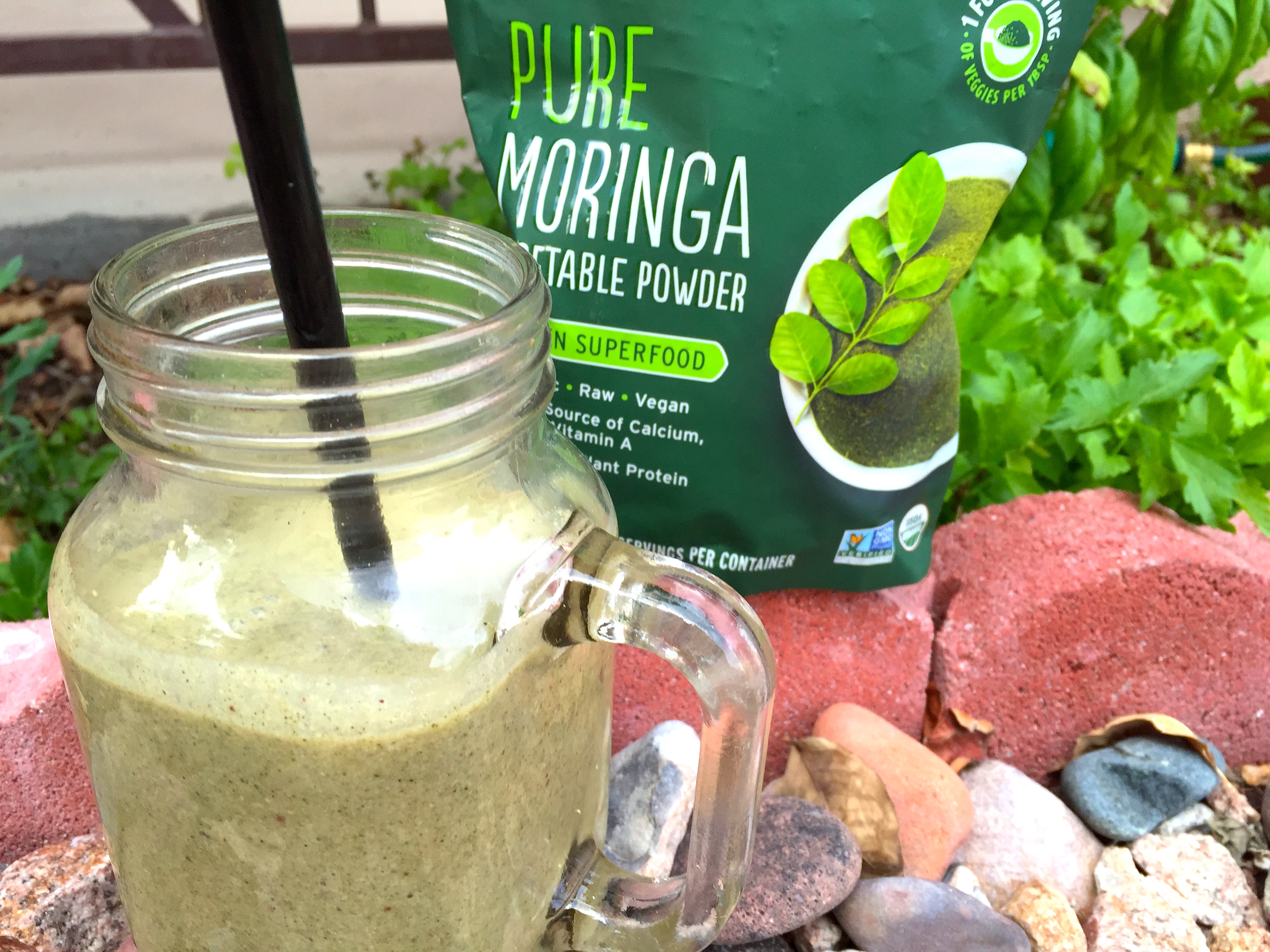
 Coming out of the medical community this week, a new connection found that a diet high in fiber for adolescents is linked to a reduced risk of breast cancer later in life. This study looked at the information from over 44,000 participants in the Nurses’ Health Study II, and the exciting results will be published in the March 2016 edition of Pediatrics Magazine.
Coming out of the medical community this week, a new connection found that a diet high in fiber for adolescents is linked to a reduced risk of breast cancer later in life. This study looked at the information from over 44,000 participants in the Nurses’ Health Study II, and the exciting results will be published in the March 2016 edition of Pediatrics Magazine.
Let this be a reason to celebrate more plants in your teenager’s diet.
Translating this into actual food is quite simple:
All Plants Have Fiber…so don’t worry too much about the details
Often we think of breads, whole grains, pastas, and beans as the biggest fiber carriers. Yes, as these are great sources of fiber, but all fruits and vegetables are also loaded with fiber. Raspberries, broccoli, avocados, and olives – they all have fiber. In fact, one of the most interesting charts from the study showed that the majority of the fiber in the diets of these adolescents came from vegetables. It didn’t matter if they were eating kale or spinach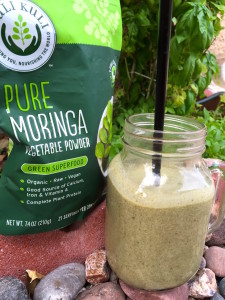 or frozen green beans. They were eating vegetables, thereby eating fiber.
or frozen green beans. They were eating vegetables, thereby eating fiber.
I have absolutely zero knowledge of what it’s like to raise a teenager, but I can remember some of the arguments from my own high school days. With all of the angst over homework, chores, and borrowing the car, the last thing needed was a battle over the salad greens.
As long as there is some sort of plant on that plate a few times a day, or a couple of pieces of fruit in the sports bag, you’re doing okay.
Fiber is a carbohydrate that is the main structural component of many plants, but is indigestible to humans. So when humans consume fiber, it passes through the body undigested but aids in the process of digestion itself. Fiber also helps regulate sugars in the body, thus helping to regulate hunger and blood sugar. There is no fiber in meat, seafood, poultry, dairy, or eggs. There is no fiber in oil, sugar, or syrup. Encourage the consumption of more plants and limit the amount of animal products and refined oils and sugars. Something as simple as adding moringa powder to almost any recipe can amp up the fiber. One serving of moringa contains 3 g or 12% DV of fiber. Try making a smoothing – something even a busy teenager can make!
Time to Get Cookin’!
The adolescent years are a great time to get your kids more involved in the cooking process. Teenagers have the motor skills and physical dexterity to use a knife, peel vegetables, and sauté a stir-fry. They have the thinking capacity to scale recipes and make grocery lists. They crave the sense of pride that can be found by completing a recipe and producing something delicious. I still remember one of the first recipes I cooked for my family – Dijon Chicken Fingers. I remember my confidence in the whole process: finding the recipe, shopping for the ingredients, planning the preparation, and then finally serving. I remember trying to make it look just like the photo in the cookbook, as I was so eager to please my parents with my creation.
Using my Chef’s Insight, I offer Three Levels for an Adolescent Cook. The recipes should be famil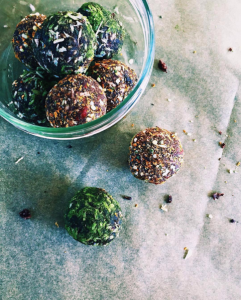 iar to a teenager and give them pride in creating something that they will forever call their own.
iar to a teenager and give them pride in creating something that they will forever call their own.
Beginner: Level One – Snacks
Starting at the very basic stage of just getting comfortable in a kitchen, making quick, healthy snacks is a great beginning. For someone who has never held a knife (or for a parent who is worried about the house b
urning down), making a simple snack will be a building block to build confidence. I recommend this Moringa Powerballs Recipe as a way to practice being in the kitchen.
Sous Chef: Level Two – Baking
Baking is a relatively safe and methodical way to utilize more skills in the kitchen. Baking requires a little bit more mental energy. It requires the baker to critically read a recipe, use math skills to scale ingredients, plan timing with the oven, and practice cleanliness with preparation. Baking also teaches the critical need for patience, as you must wait for a raw batter to transform into a delicious dessert.
Working with kids in the kitchen, I find that baking is a fun way to get them comfortable standing at the counter and taking charge of a recipe. Some adolescents might not feel ready to pick up a sharp knife or stand near the stoves’ flames, but they are usually ready to handle a few measuring spoons.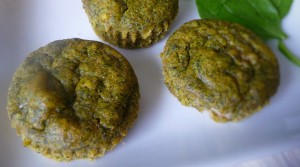
Most baking recipes also offer lots of room for variations. Teenagers enjoy expressing their preferences in everything from fashion to music. A simple muffin recipe also opens the door to letting them offer their own decisions, trying out variations with blueberries, bananas, raisins, and walnuts. Here are some tips on baking with Moringa and some Green Banana Muffins to get you started.
Mini-Chef: Level Three – Dinner
Once you have a cook who is ready to play with fire, dinner is just a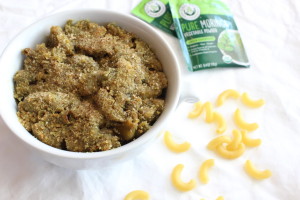 recipe away. I suggest pasta as one of the best dishes to start. Most kids are already familiar with what’s involved and how it should turn out. Boiling pasta is pretty uncomplicated, and today’s options can include healthy whole grain pastas including brown rice and whole wheat. From there, a simple marinara sauce is a perfect staple recipe to have in your repertoire. Again, teenagers can choose preferences for added ingredients to the pasta or the sauce. Let them experiment with spinach, mushrooms, peppers, or even frozen broccoli. Try out Moringa Green Mac and Cheese to get started.
recipe away. I suggest pasta as one of the best dishes to start. Most kids are already familiar with what’s involved and how it should turn out. Boiling pasta is pretty uncomplicated, and today’s options can include healthy whole grain pastas including brown rice and whole wheat. From there, a simple marinara sauce is a perfect staple recipe to have in your repertoire. Again, teenagers can choose preferences for added ingredients to the pasta or the sauce. Let them experiment with spinach, mushrooms, peppers, or even frozen broccoli. Try out Moringa Green Mac and Cheese to get started.
So you might not be ready to hand over the keys to the car. But hopefully this will encourage you to hand over the knobs on the stove. Let’s get more kids involved in the kitchen, both for their health and for their growth.
You can find many more yummy moringa recipes on our blog!
Resources:
I learned of the news release from the Physician’s Committee for Responsible Medicine, whose objective is to offer a culinary prescription for treating disease. This is a great organization that I’ve cited on many past posts. They offer helpful resources for doctors and patients interested in adopting a plant-based solution to staying healthy. I signed up for their newsletter which sends me breaking medical news like this. Their website also offers helpful charts, educational graphics, and even a tool to help you find a connected doctor in your region.
Dietary Fiber Intake in Young Adults and Breast Cancer Risk, by Maryam S. Farvid, PhD,a A. Heather Eliassen, Eunyoung Cho, Xiaomei Liao, PhD, Wendy Y. Chen, MD, MPH, Walter C. Willett, MD, DrPH, PEDIATRICS Volume 137 , number 3 , March 2016 :e 20151226: http://pediatrics.aappublications.org/content/pediatrics/early/2016/01/28/peds.2015-1226.full.pdf
About the Author:
Katie is a Personal Chef based in Chicago. She specializes in creating delicious, healthy recipes for those with special dietary concerns like gluten-free, oil-free, plant-based, and low-residue. Outside of the kitchen, she is a Fitness Instructor for Equinox, with over 13 years experience in the fitness industry. For fun, she loves to travel, with her most recent travel involving 10 days of hiking in the Patagonia of Argentina and Chile. You can learn more about her and her recipes at: www.plants-rule.com



